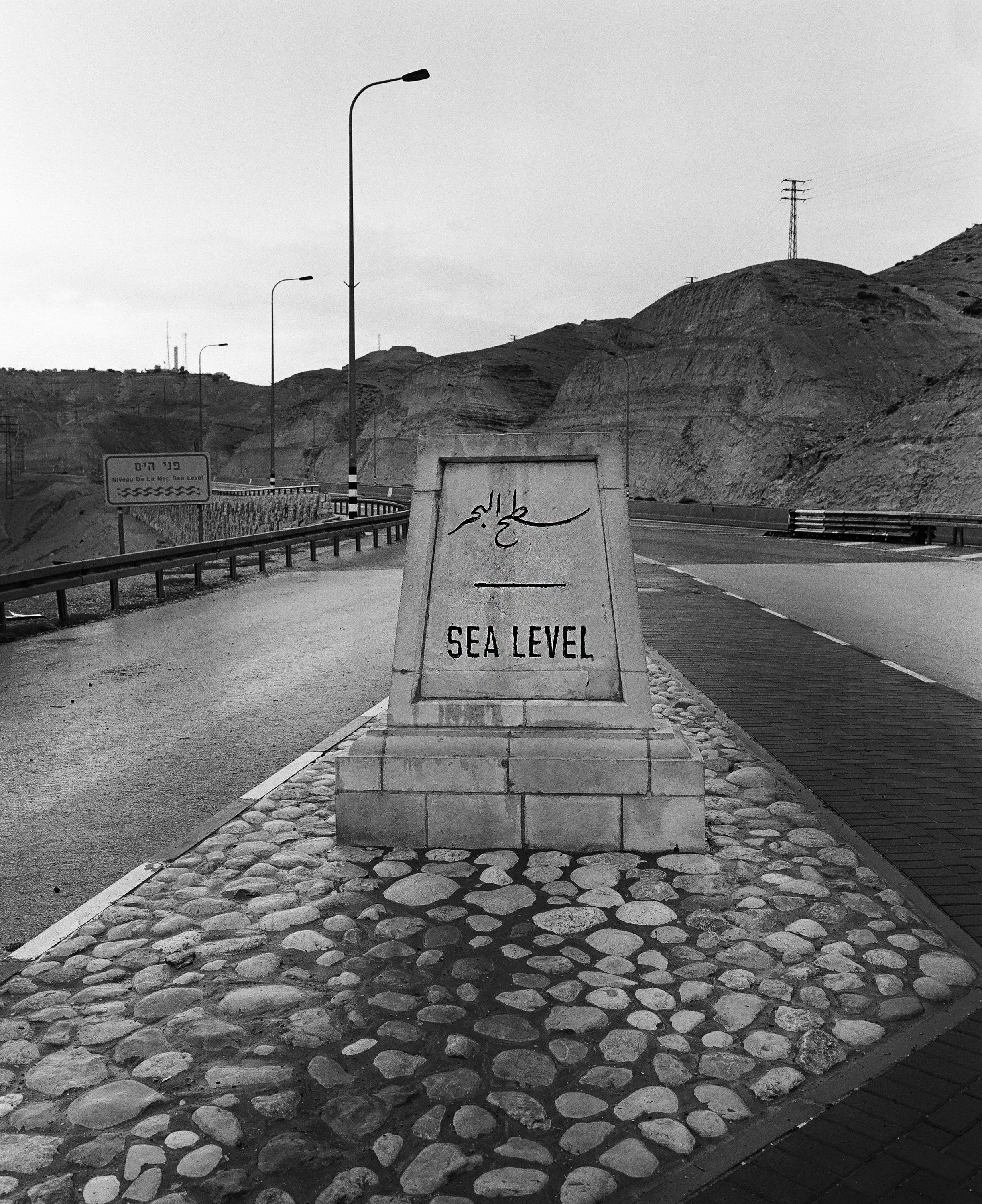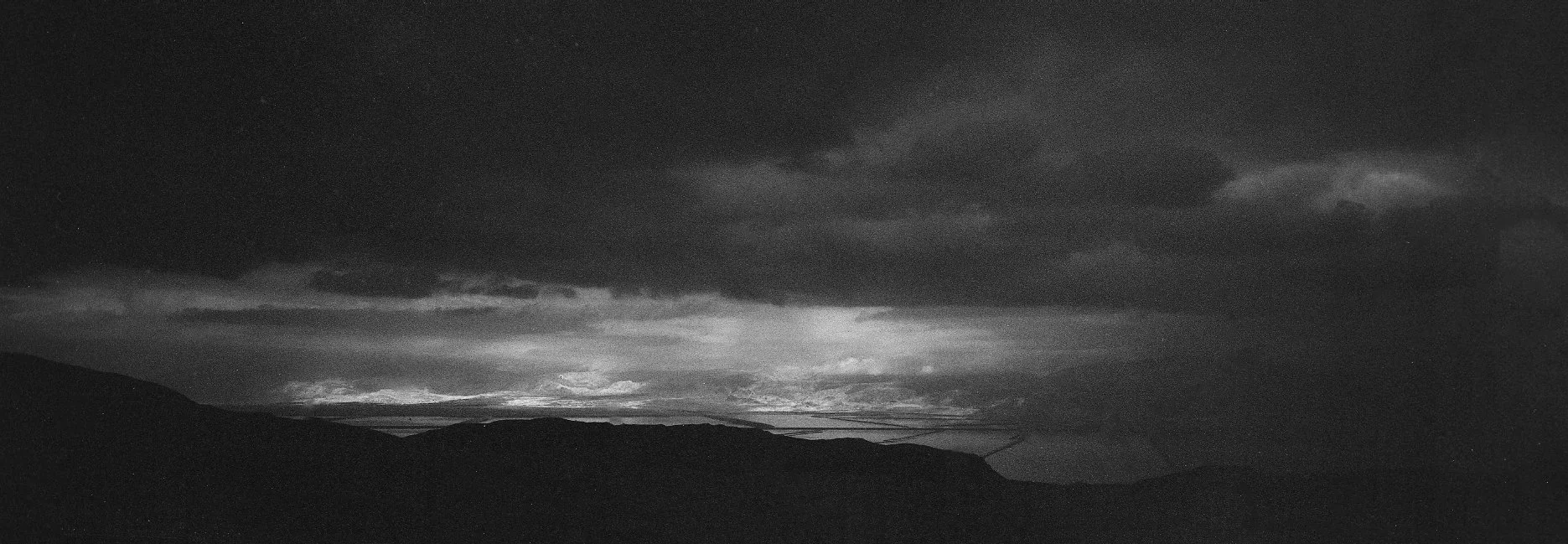Facing the Sea
2021
For a year, Daniel Tchetchik documented various points that lie at sea level. This does not necessarily mean that the sea recedes in them, but rather that the landscape documented in the photographs is exactly at the point where the British determined the "zero height" of the Land of Israel. Sea level is a standard scale that allows one to compare topographies, but in recent years, also to quantify the climatic tragedy. What started as a benchmark became a tool for predicting the rise of seawater due to the increase in temperatures and the melting of glaciers. Sea level is a geographical fact, but also a metaphor that embodies a resounding statement. The sea is present-absent. It is not visible, but the presence and force of the ocean are eerily present.
- Netta Ahituv March 2, 2021 Haaretz Newspaper
In the series Facing the Sea Tchetchik documented various locations in the country that are categorized in the topographic index as "Sea Level”, creating a poetic testimony to the depth of the climate crisis. The works in the series carry with them a disturbing, uneasy silence, a prophetic expectation of an impending disaster. The sea is absent - present in all the works, symbolizing a tension between the visual emptiness and an unknown future.
Human figures are almost entirely absent from most of the photographs, except for two works. In the first, entitled One, a lone man is seen walking, his head bowed; he appears almost miniature against the backdrop of the desert mountains. In the work Dusk, dark human silhouettes search for meaning along the shoreline, no different than the birds collecting crumbs at the forefront of the photograph. The heavy clouds and the grainy quality of the photograph merge to create an apocalyptic atmosphere. Similar to the absent sea, even when humans are missing from the landscape, the damage they create and the distress they feel are present in all photographs.
- Maya Anner, Curator













